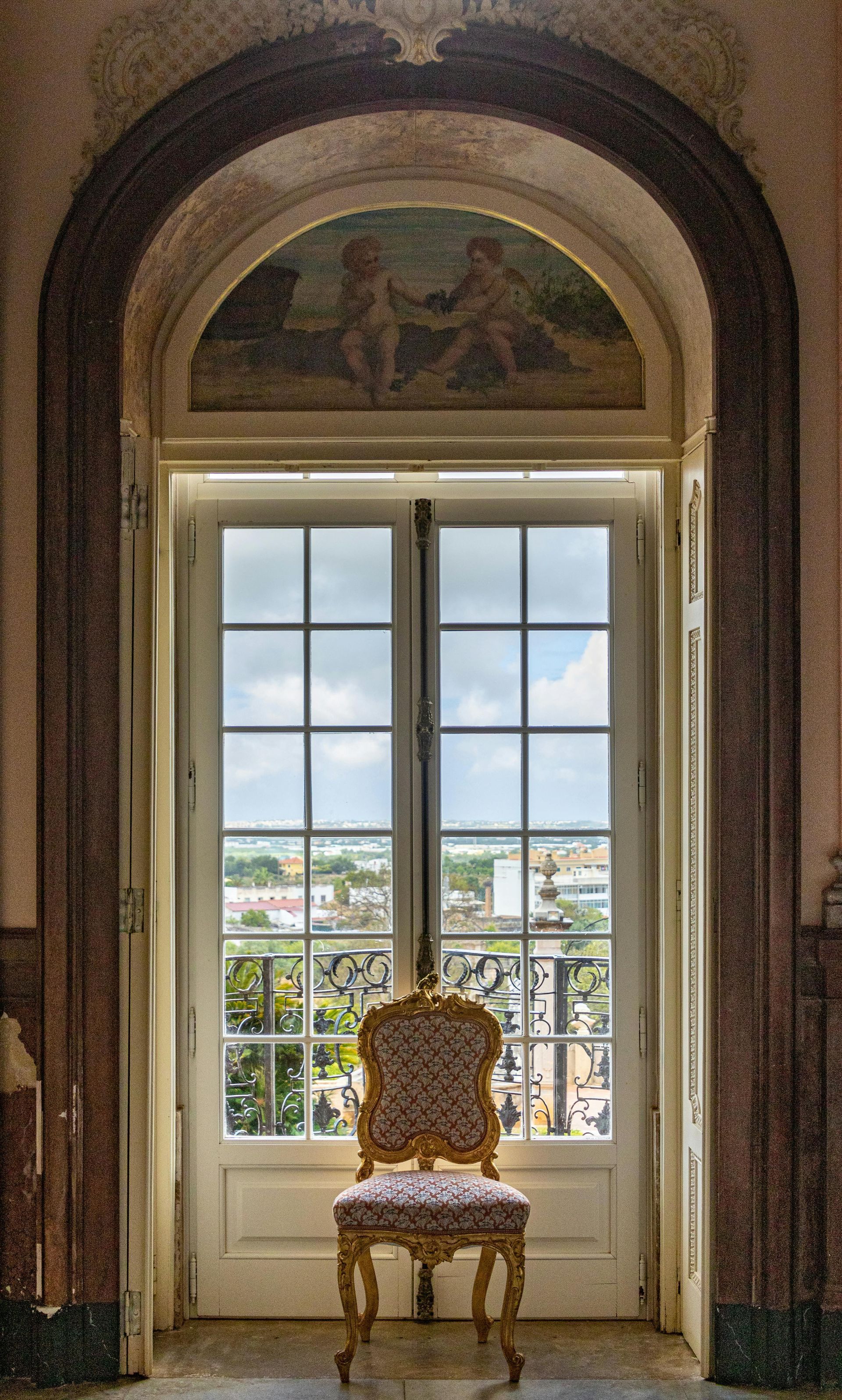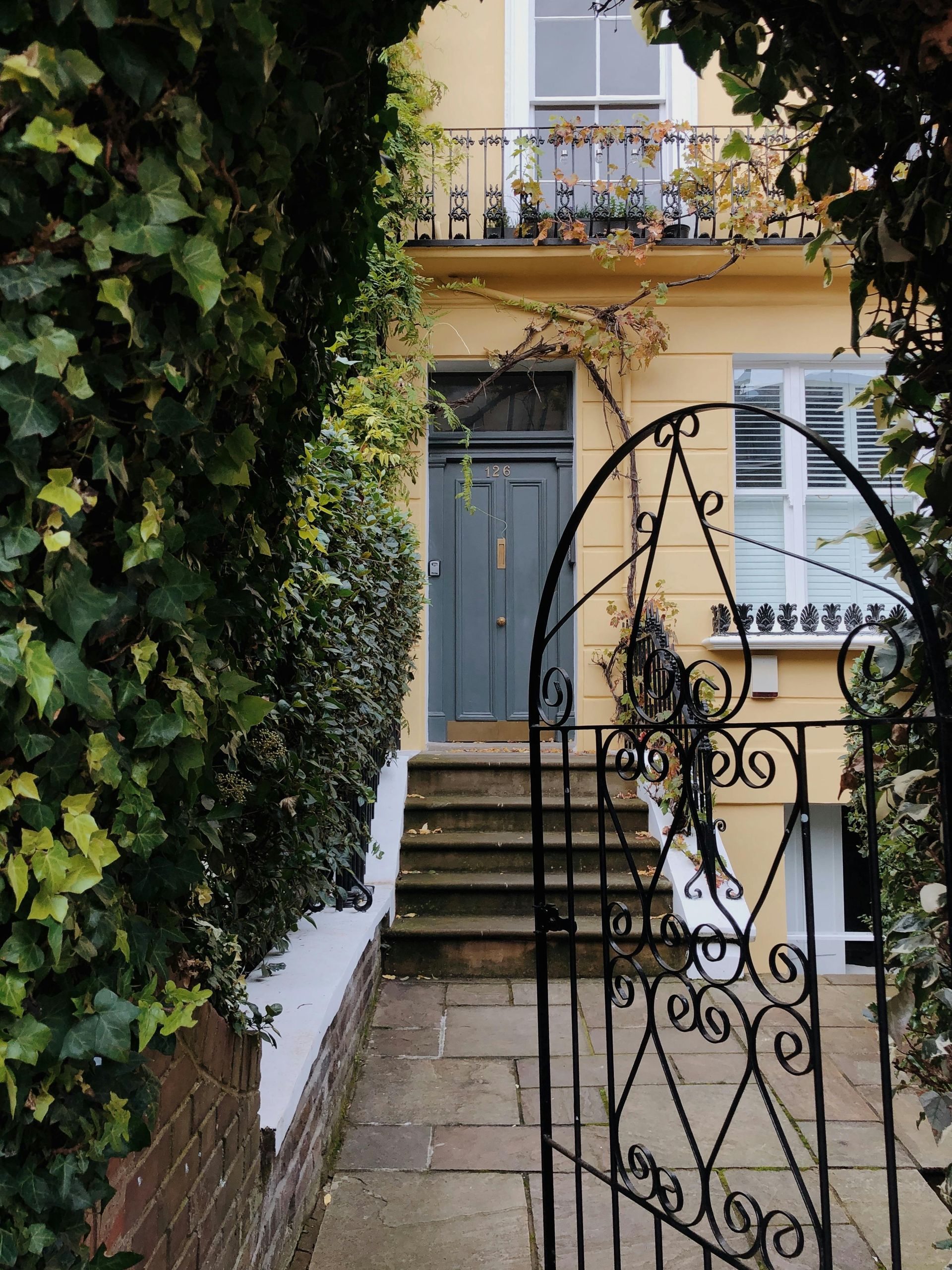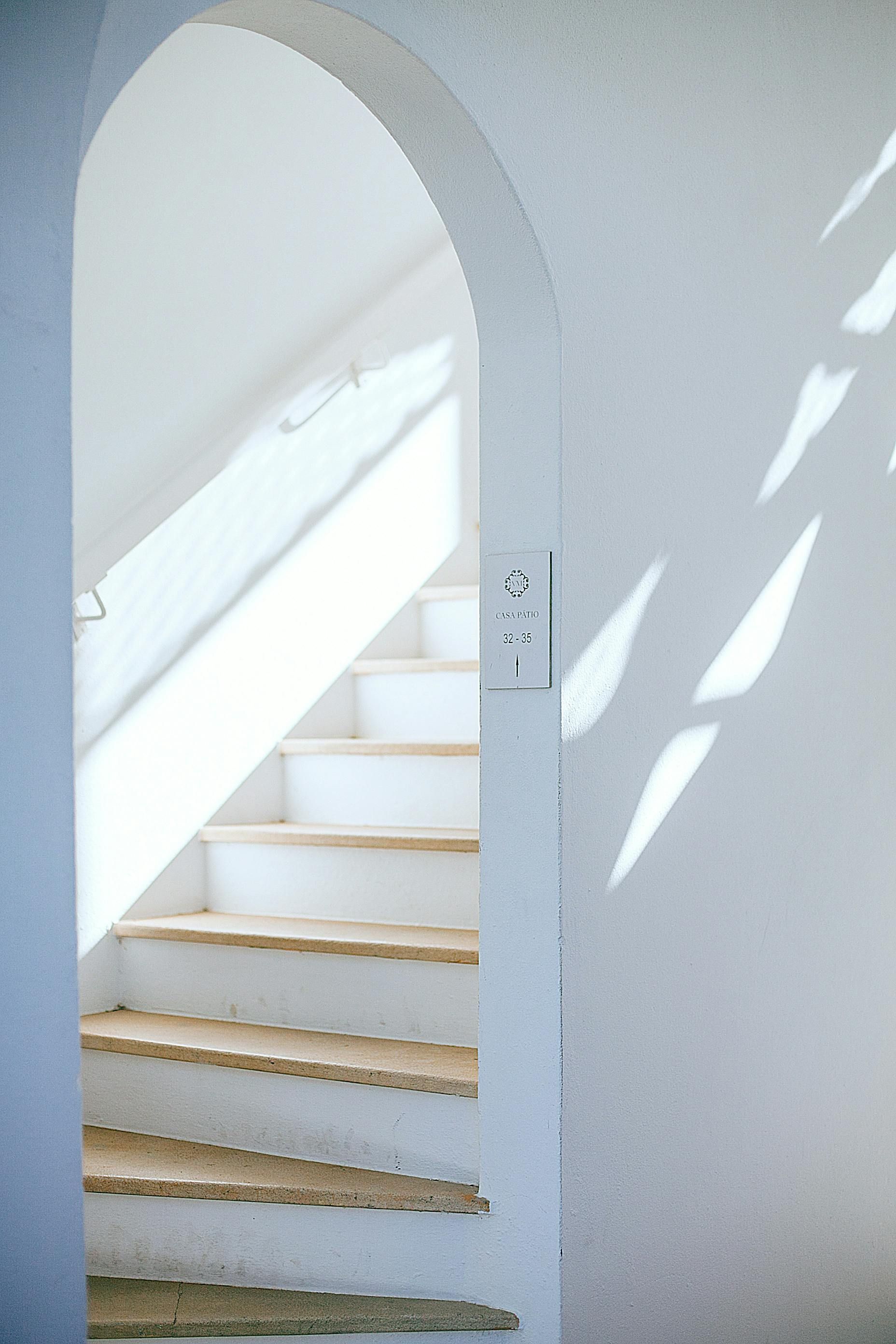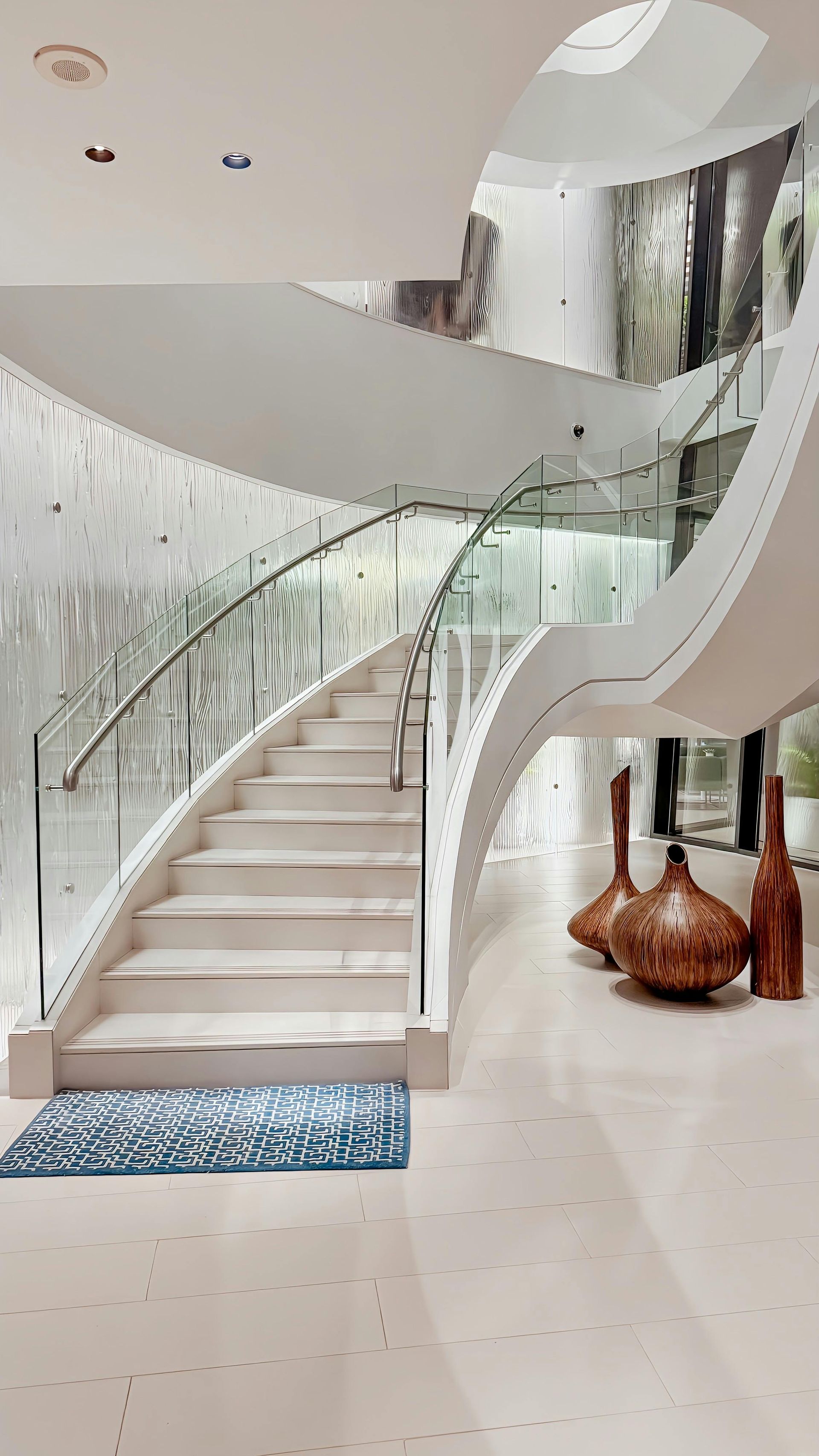The world of high-value property finance has evolved far beyond traditional mortgages. In 2025, the most sophisticated borrowers are no longer defined solely by their income or investment portfolios — but by the diversity of their wealth.
For many high-net-worth (HNW) and ultra-high-net-worth (UHNW) individuals, liquidity is distributed across tangible assets such as fine art, vintage cars, and superyachts. These assets, though illiquid in the conventional sense, represent significant value — often exceeding tens of millions in aggregate.
Recognising this, private banks and alternative lenders are increasingly offering bespoke facilities that treat these collections not as lifestyle indulgences but as financial leverage. Properly structured, luxury asset finance can enable clients to acquire or refinance Prime Central London (PCL) properties while retaining investment flexibility and ownership of prized possessions.
At
Willow Private Finance, we help clients navigate this discreet, specialist market — coordinating between lenders, valuers, and asset custodians to structure lending that unlocks liquidity efficiently without disrupting long-term wealth strategy.
For related reading, see
Private Debt Funds vs Private Banks: The New Landscape for HNW Property Finance in 2025.
Market Context in 2025
2025 marks a period of creative capital structuring across the luxury finance market. Following several years of global rate volatility and liquidity tightening, wealthy borrowers are exploring alternative routes to release capital — without selling core assets.
Private banks have responded with expanded asset-backed lending desks, while boutique lenders and family offices have built teams dedicated to structured luxury finance. London, as both a financial centre and global art and luxury hub, has become the natural focal point for this evolution.
At the same time, demand for Prime Central London property remains resilient. Despite cautious global sentiment, PCL continues to attract international buyers seeking stability, education access, and long-term appreciation. As a result, borrowers are increasingly matching illiquid luxury wealth with high-value property opportunities — blending passion and pragmatism into a single financial strategy.
How Luxury Asset Finance Works
At its core, luxury asset finance is a secured loan or line of credit backed by tangible high-value items rather than — or in addition to — real estate or investment portfolios. The structure varies depending on the asset, lender, and client’s objective, but the principle remains the same: convert non-liquid prestige assets into usable capital without selling them.
For instance, a borrower might pledge a portfolio of post-war paintings, a fleet of classic Ferraris, or a 50-metre yacht as collateral. The lender engages specialist valuers to authenticate and appraise each asset, and an agreed loan-to-value (LTV) ratio is applied — typically between 30% and 60%, depending on asset class and liquidity.
The borrower receives cash that can be used to acquire or refinance property, invest elsewhere, or manage liquidity strategically. The assets remain in secure custody (for example, in bonded storage or managed yacht moorings) and can be redeemed once the loan is repaid.
What distinguishes these facilities from standard loans is their bespoke nature: each is tailored individually, reflecting the borrower’s collection, financial goals, and broader relationship with the lender.
Private Banks vs Specialist Lenders
Private banks dominate the top end of this market. They view luxury asset finance as an extension of holistic wealth management, often combining it with investment accounts, structured notes, or property finance. A private bank might, for instance, offer a £10 million facility secured partly against a PCL townhouse and partly against a fine art portfolio, providing a blended rate and simplified administration.
Specialist lenders and family offices occupy a more flexible niche. They may accept unconventional assets — such as rare watches, wines, or aviation interests — and can complete transactions in days rather than weeks. While rates are typically higher, these lenders offer unparalleled discretion and agility, making them ideal for time-sensitive acquisitions.
Both routes have merit. The choice depends on the borrower’s objectives: private banks for relationship-led, integrated finance; boutique lenders for speed and asset diversity.
Why HNW Borrowers Are Turning to Asset Leverage
For many affluent clients, liquidity is both abundant and restricted — abundant in value, restricted in access. Traditional financing often fails to account for the scale of non-financial wealth in collections, which may represent significant net worth but no cash flow.
Luxury asset finance resolves that imbalance. It allows borrowers to leverage ownership without sacrificing possession, control, or long-term appreciation potential.
In practice, this approach has several advantages:
- It provides immediate access to liquidity for property acquisition or refinancing.
- It preserves other asset classes, avoiding premature liquidation of investment portfolios.
- It enables flexibility — loans can be short-term (bridging style) or structured as medium-term facilities alongside property lending.
For PCL buyers, where competition for prime assets is fierce and transaction windows are short, the ability to move capital quickly is often decisive.
Challenges Borrowers Face
Despite its appeal, luxury asset finance remains highly specialised and requires careful structuring. The first challenge is
valuation — lenders rely on independent experts to verify provenance, condition, and market liquidity. Assets without clear provenance or held in shared ownership can be difficult to collateralise.
The second is
custody. Lenders usually require physical possession of movable assets for the loan duration — artwork must be stored in approved facilities, vehicles in climate-controlled storage, and yachts under managed registration. While ownership remains with the borrower, usage may be restricted.
The third is
liquidity risk. Luxury asset markets can fluctuate based on sentiment and collector demand. Conservative LTV ratios mitigate this, but borrowers should understand that lenders may revalue assets periodically, especially in volatile sectors such as contemporary art.
Navigating these factors successfully requires experience, planning, and coordination — precisely where specialist brokers like Willow Private Finance add value.
Smart Structuring in 2025
The most effective structures today are those that integrate luxury asset lending within broader property or wealth finance. For instance, a client purchasing a £20 million Belgravia residence may use a hybrid facility: 60% conventional mortgage funding from a private bank and 20% liquidity from an art-backed credit line, with the remainder covered by cash equity.
This integrated approach not only accelerates execution but also optimises cash flow, ensuring assets work collectively rather than independently.
Many private banks now offer
portfolio collateralisation, where a combination of property, securities, and alternative assets are aggregated under one facility — reducing administrative complexity and consolidating interest costs.
Borrowers also benefit from confidentiality: luxury asset loans are rarely registered publicly, preserving privacy and discretion.
Hypothetical Scenario
A London-based collector owns a £12 million Knightsbridge apartment and a fine art portfolio valued at £10 million. The client wishes to purchase an adjoining flat for £8 million but prefers not to liquidate artwork or securities during market uncertainty.
Willow Private Finance arranges a structured facility through a private bank. The art portfolio is professionally appraised and pledged as collateral alongside the existing apartment, securing a £5 million loan at a blended rate. Completion occurs within four weeks.
The client retains ownership of both properties and the collection while releasing liquidity efficiently — demonstrating how tangible assets can serve as sophisticated financial instruments when managed strategically.
Outlook for 2025 and Beyond
As private banking evolves, luxury asset finance is poised to become an integral part of high-value lending. With global wealth continuing to diversify beyond traditional investments, lenders are rethinking collateral definitions and embracing a more holistic view of net worth.
In Prime Central London, where competition for exceptional properties remains intense, borrowers who can mobilise capital creatively hold a distinct advantage. The trend toward multi-asset collateralisation — combining property, securities, and collectibles — will define the next phase of elite lending.
Ultimately, success in this space depends on balance: aligning liquidity, lifestyle, and long-term asset integrity under a single, cohesive strategy.
How Willow Private Finance Can Help
At
Willow Private Finance, we specialise in complex, high-value property and structured lending. Our team works with private banks, family offices, and specialist lenders to secure finance using luxury assets, from fine art and vehicles to yachts and jewellery collections.
We coordinate the entire process — valuation, legal documentation, and lender negotiation — ensuring transparency, discretion, and competitive outcomes.
For clients seeking to fund Prime Central London property while preserving their broader wealth ecosystem, Willow provides unmatched market access and strategic insight.
Frequently Asked Questions
Q1: Can I use art or luxury assets as security for a property loan?
A: Yes. Many private banks and specialist lenders accept fine art, cars, or yachts as collateral for property finance, subject to valuation and custody conditions.
Q2: How much can I borrow against a luxury asset?
A: Typically 30–60% of appraised value, depending on asset type, liquidity, and lender appetite.
Q3: Do I lose possession of the asset during the loan?
A: Assets are usually held in secure custody but remain under your ownership. Terms vary by asset and lender.
Q4: How long does the process take?
A: Transactions can complete within two to six weeks, depending on valuation complexity and lender type.
Q5: Are interest rates higher on luxury asset loans?
A: They can be slightly higher due to niche risk and lower liquidity, but blended facilities with property often reduce overall cost.
Q6: Can I combine luxury asset finance with a mortgage?
A: Absolutely. Many borrowers use both together, allowing for efficient liquidity management and rapid execution on high-value purchases.
📞 Want Help Navigating Today’s Market?
Book a free strategy call with one of our mortgage specialists.
We’ll help you find the smartest way forward — whatever rates do next.











